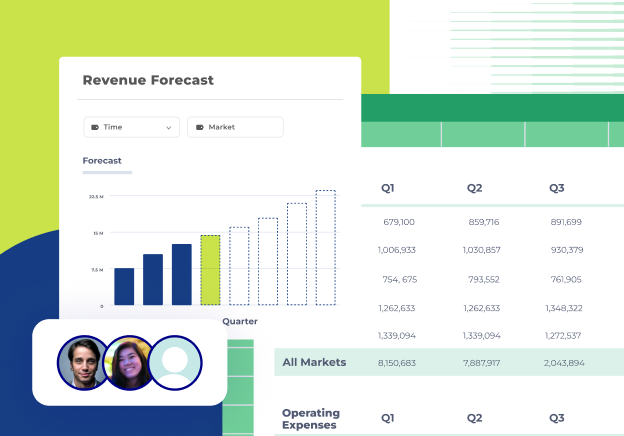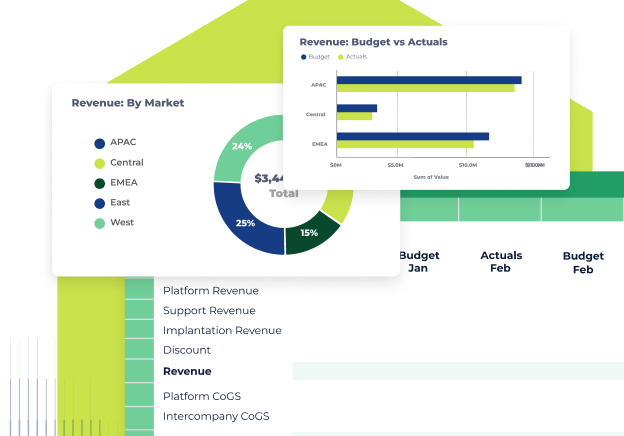In finance, having a structured approach to reporting and analysis is crucial. It's all about making your data work for you.
In the beginning, at the Basic level, financial reporting is a bit of a patchwork: it's all about actuals, which are historical data. The problem? This information is always looking backward, not forward. Analytics and forecasting are rarely done, and when they are, it's usually a rushed, ad-hoc process right before important meetings or decisions.
As we move to the Emerging stage, things get a bit more structured. Reporting starts to happen more regularly, maybe even monthly if you're really on the ball. But it's still a reactive approach. Budgeting and forecasting might extend to a rolling process, giving a slightly longer horizon to look ahead. Scenario planning is still an 'only-when-needed' task, and performance management against budgets (BvA - Budget vs. Actuals) is sporadic.
Reaching the Defined level changes the game. Regular reporting includes both financials and key performance indicators (KPIs), offering a more holistic view of where you are versus where you should be. Quarterly, and even multi-year forecasts become standard, providing a clearer path for the road ahead. Scenario planning starts to happen regularly, aiding more proactive strategy development.
In the Refined stage, you're not just keeping pace; you're setting the pace. Reporting is a mix of monthly and quarterly, with real-time access for those need-to-know-now moments. It's not just about having data; it's about understanding it. Analytics are embedded in reports, providing the 'why' behind the numbers. Forecasting becomes an art, blending historical data with real-time insights to predict future trends accurately. Scenario planning is more frequent, and performance management is a consistent rhythm that keeps everyone aligned and accountable.
At the Mastery stage, you're in the driver's seat. Everything is real-time, with self-service access to data whenever and wherever you need it. You're not just reporting on the numbers; you're telling the story behind them and shaping the narrative. Budgets and forecasts are rolling, adjusting to the business's ebbs and flows, and scenario planning is part of the daily dialogue, ensuring you're prepared for whatever comes your way.
By understanding where your team currently stands on the maturity ladder, you can identify areas for improvement and adopt a systematic approach to strategically evolve your operations over time. | 









.png)









.png)

%20(3).webp?upscale=true&upscale=true&width=530&name=Reporting%20Actuals%20(Pinterest%20Pin)%20(3).webp)



